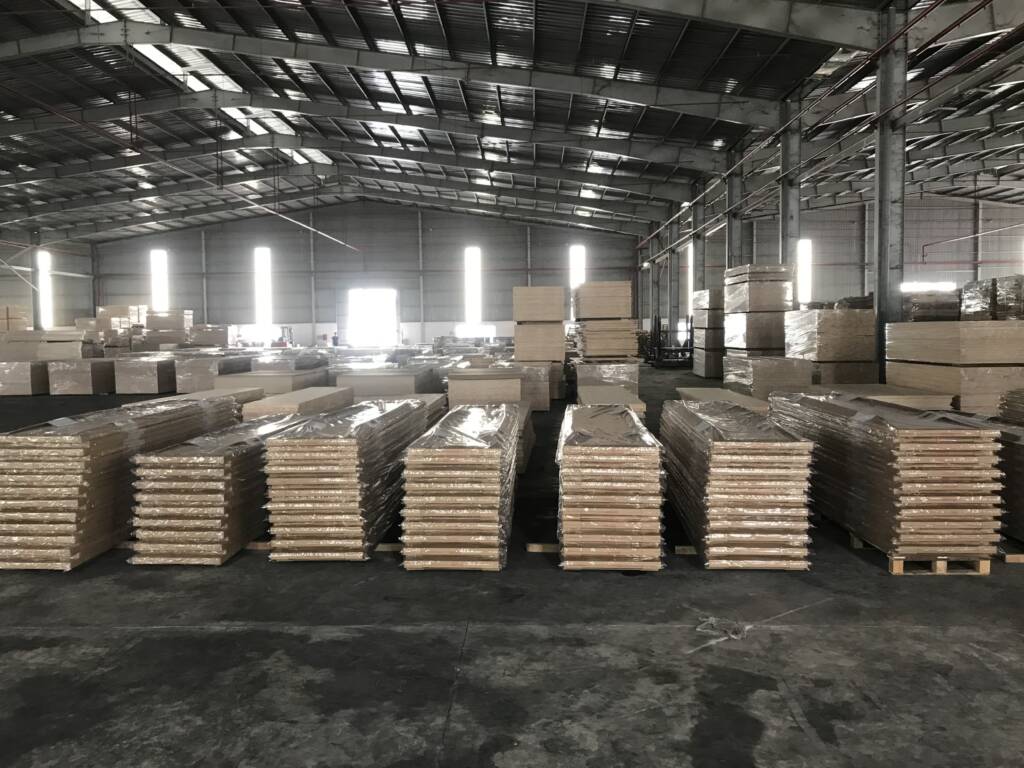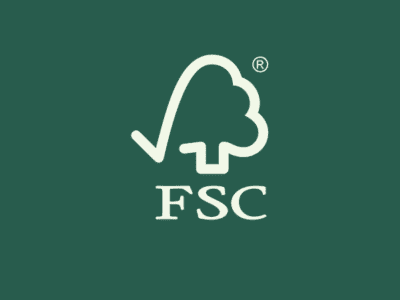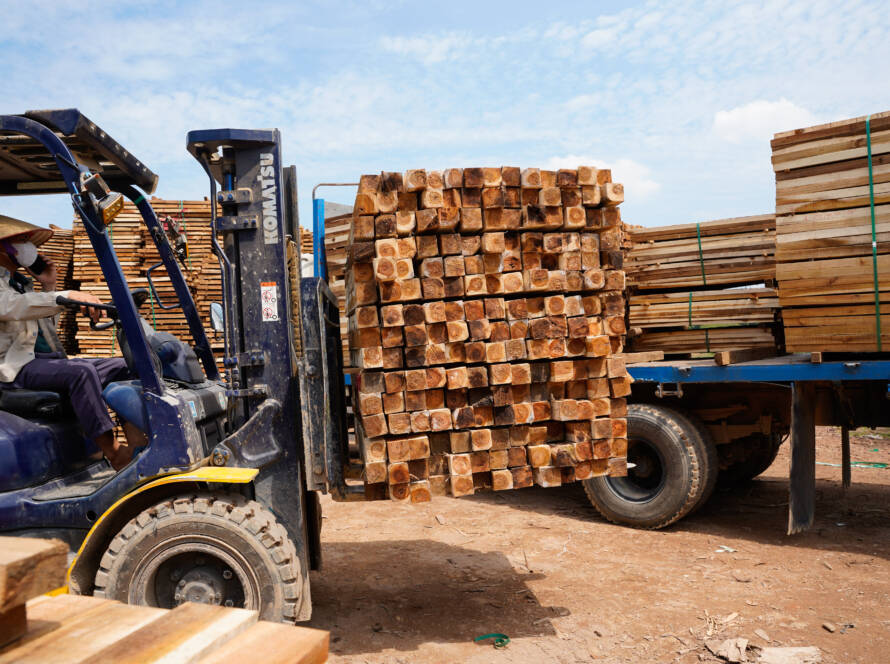In recent years,
Vietnam has emerged as a major player in the global wood export market, and the trend is expected to continue in 2024. With its abundant natural resources, skilled workforce, and favorable trade agreements, Vietnam’s wood industry is poised for further growth and expansion.

Photo at Smartwood Manufacture
1. Sustainable Sourcing Practices
Vietnam is increasingly prioritizing sustainable sourcing practices in its wood industry, aligning with global efforts to combat deforestation and promote responsible forestry. In 2024, we can expect to see continued emphasis on sourcing wood from certified sustainable forests and implementing measures to ensure traceability throughout the supply chain.
2. Diversification of Export Markets
While traditional markets such as the United States, Japan, and the European Union remain significant for Vietnam’s wood exports, there is a growing trend toward diversification. In 2024, Vietnamese exporters are likely to explore emerging markets in Asia, Africa, and Latin America, tapping into new opportunities for growth and market expansion.
3. Investment in Value-Added Products
Vietnam’s wood industry is shifting towards higher value-added products, moving beyond raw materials and basic furniture exports. In 2024, we can expect to see increased investment in advanced manufacturing technologies and innovation to produce high-quality, customizable wood products tailored to the preferences of global consumers.
4. Digital Transformation and E-commerce
The digital transformation of the wood industry is underway in Vietnam, driven by the adoption of e-commerce platforms and digital marketing strategies. In 2024, we anticipate further integration of digital technologies into the export process, enabling Vietnamese exporters to reach new customers and streamline operations for greater efficiency.
5. Compliance with International Standards
As Vietnam seeks to enhance its reputation as a reliable supplier of wood products, compliance with international standards and regulations will be paramount. In 2024, we can expect continued efforts to meet certification requirements such as FSC (Forest Stewardship Council) and PEFC (Programme for the Endorsement of Forest Certification), ensuring the sustainability and legality of Vietnam’s wood exports.

Conclusion
Vietnam’s wood export industry is on a trajectory of sustained growth and evolution in 2024. With a focus on sustainability, diversification, value-added products, digitalization, and compliance, Vietnam is well-positioned to capitalize on emerging opportunities in the global wood market. As the country continues to navigate the challenges and opportunities of the post-pandemic world, its wood industry remains a bright spot in Vietnam’s economy, driving innovation, employment, and prosperity for years to come.






